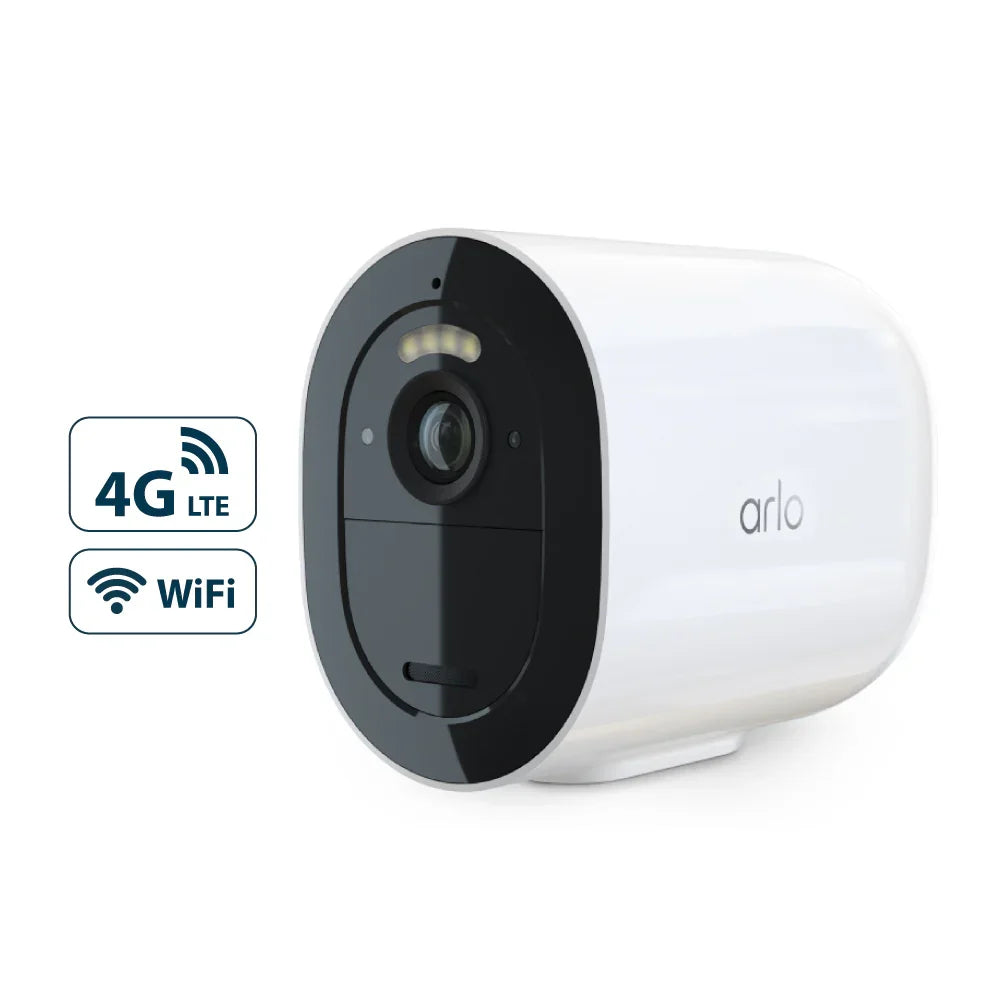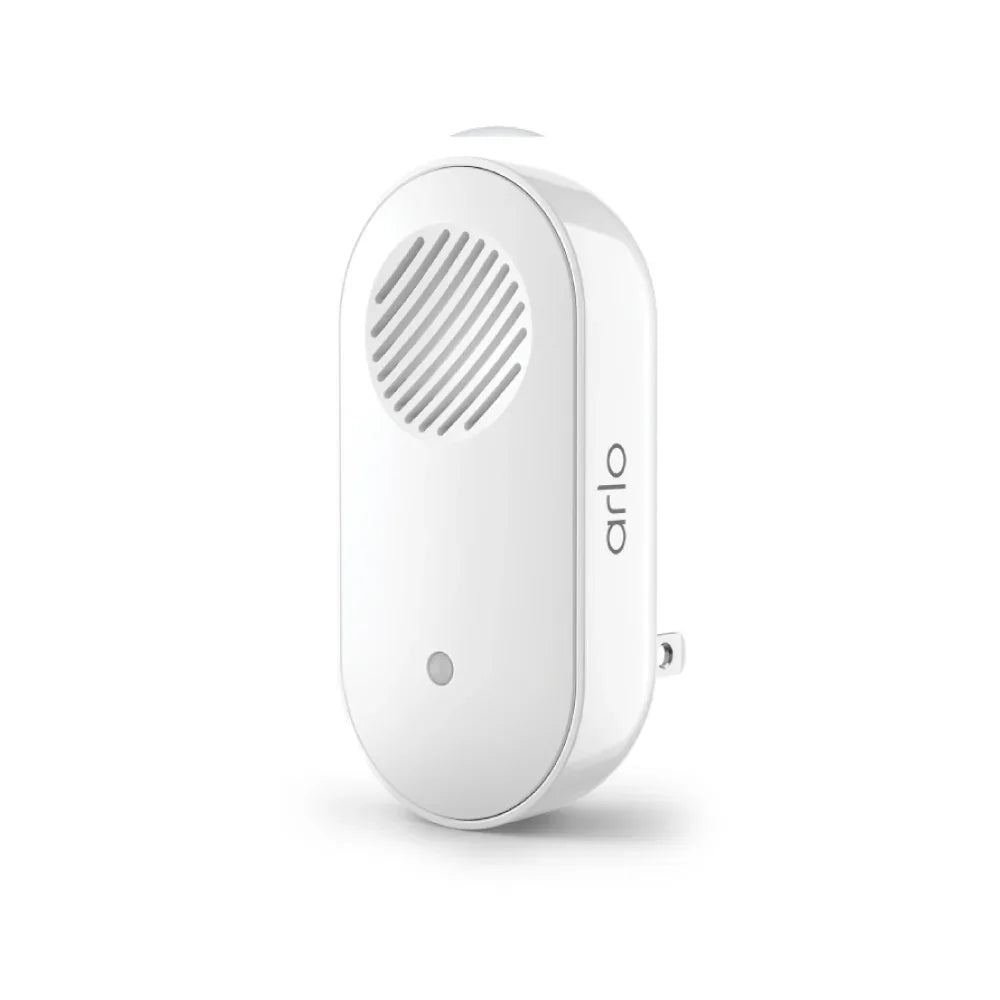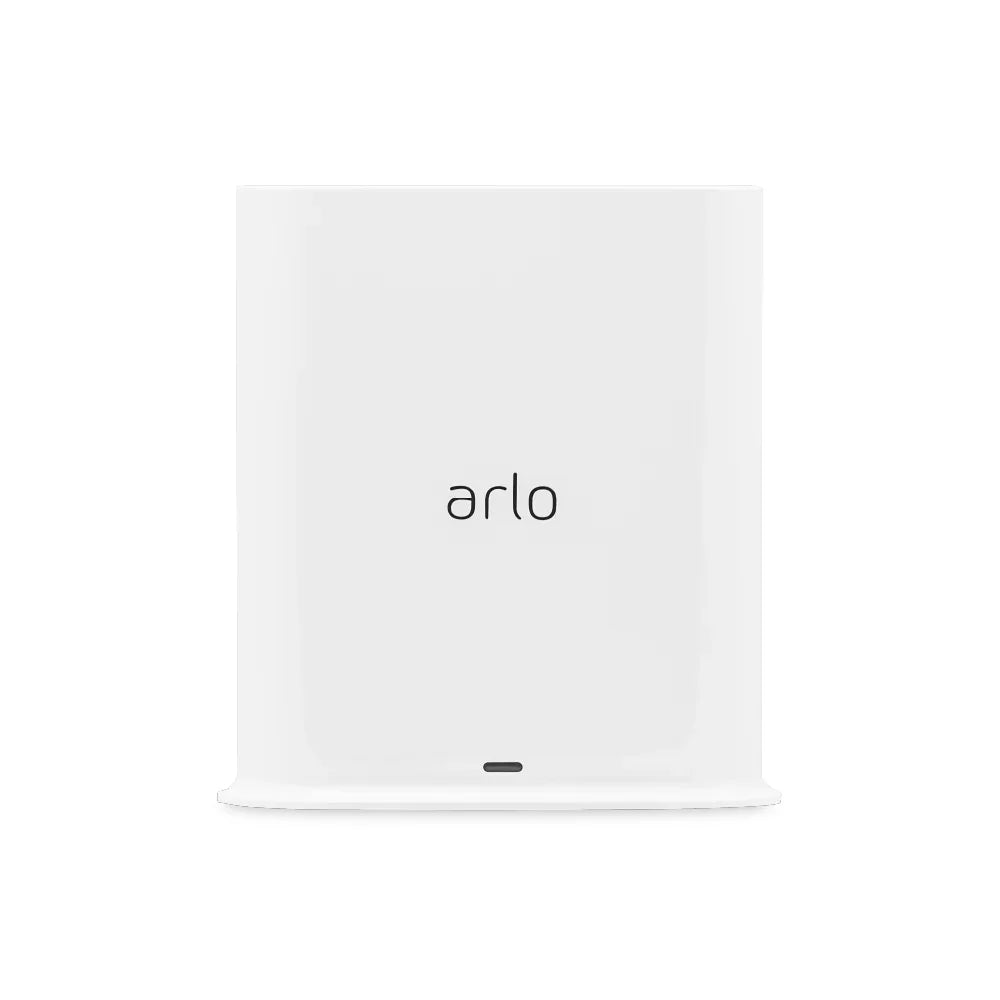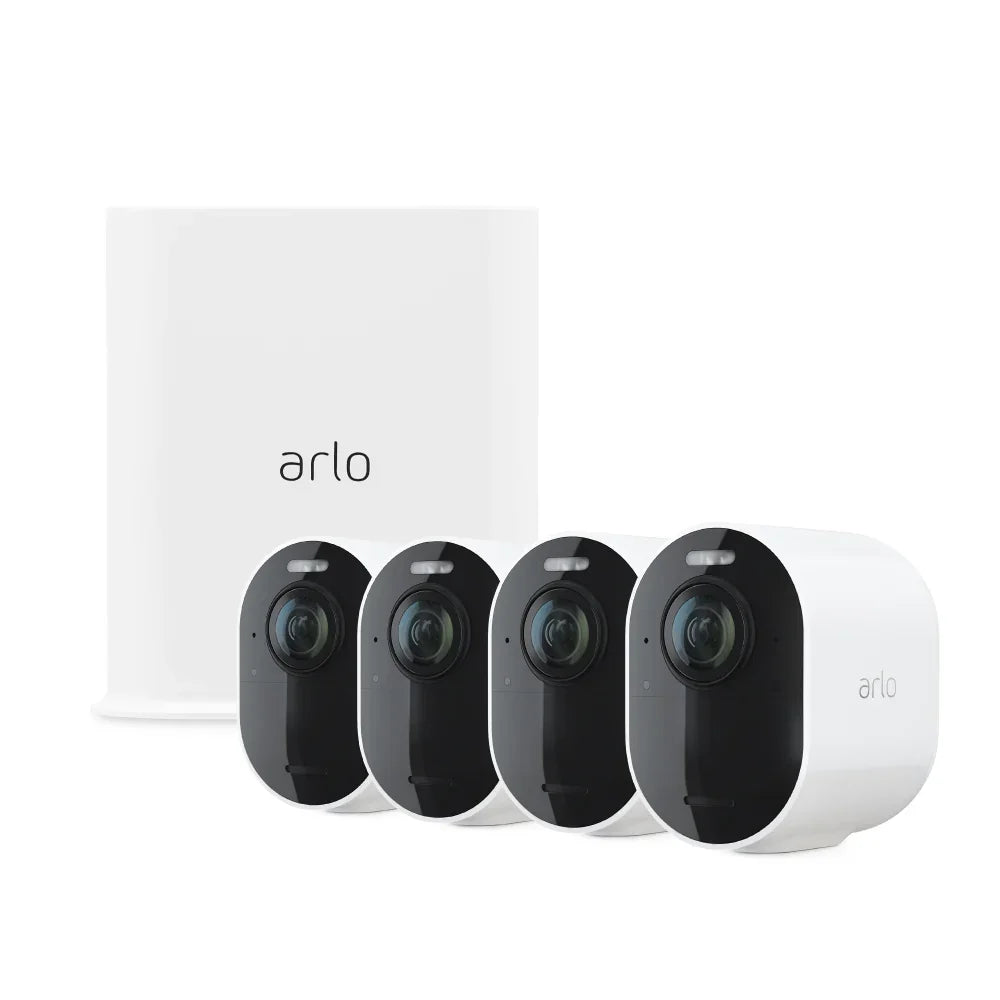How to Design a DIY Home Security Camera System?
It’s easier than ever to keep an eye on your property.
User-Friendly Security Solutions are Here
Deciding to install security cameras is an important step in safeguarding your family and property. These extra eyes will give you peace of mind knowing your loved ones and valuables are being looked after no matter where you are. High-tech devices and wireless connectivity have made the do-it-yourself home security option easier than ever to install. Let’s get started with home security cameras.
Types of Security Cameras
You’ll find many security cameras available, but the major differentiators are wired versus wireless and indoor versus outdoor cameras.
Wired vs. Wireless
You have two options when it comes to how your cameras are installed: wired and wireless. There are advantages and disadvantages to each, and Arlo customers can mix-and-match when designing their systems.
Wired Security Cameras
A wired camera needs to be plugged in to an outlet or connected directly to your home’s electrical system for power. This limits where the camera can be installed since there needs to be a ready source of electricity nearby. These cameras are reliable and might require professional installation if you aren’t comfortable doing basic electrical work. When in doubt, defer to an electrician. Many modern wired cameras also connect via Wi-Fi so you can monitor or record events.
Wireless Cameras
Wireless cameras draw power from a battery or solar panel so they can be installed just about anywhere. You can also easily relocate your camera if necessary. Most wireless security cameras connect directly to Wi-Fi or a cellular network to transmit video and audio to the cloud or base station. You won’t need to worry about battery life because Arlo’s wireless cameras can go months between charges.
Indoor vs. Outdoor
While most of your valuables are inside the house, you also want to keep an eye on possible points of entry like the front or backyard. That’s why it’s important to place indoor and outdoor cameras around your home.
Indoor Cameras
Designed to keep on eye on what’s going on inside your home, these cameras may be small and discreet or require an electrical outlet for power. Some indoor cameras, like Arlo’s Essential Indoor Security Camera, provide 2-way audio for clear communication and an automated privacy shield. Indoor cameras, however, are not designed for extreme temperatures or water.
Outdoor Cameras
The best exterior cameras can withstand heat, cold, rain, and snow to keep an eye on your property regardless of conditions. They are often mounted on the side of a house, garage, or outbuilding and are powered by cable, batteries, or solar cells. Several of Arlo’s outdoor cameras can zoom in, record in 4K, and have an ultra-wide field of view.
Why Do I Need Both Indoor and Outdoor Cameras?
It’s recommended to use both indoor and outdoor cameras for optimal protection, but only you can determine how much security your property needs. Properly placed, high-quality cameras covering your most vulnerable areas will help deter would-be intruders and keep your loved ones safe. Installing both indoor and outdoor cameras can provide added peace of mind knowing your entire property is safely monitored.
Important Features to Consider
There are a number of additional things to look for in a security camera:
- High-definition video resolution to catch minute details
- Motion-activated sensors that detect people
- Cloud or local storage to easily retrieve recordings
- Wide-angle lens to capture more with fewer cameras
- Two-way talk for easy and safe communication
Additionally, outdoor cameras should come with special features like night vision and all-weather protection for security you can trust round-the-clock.
How Many Cameras Do I Need?
The number of cameras you need depends on a few different things:
- How large is your property?
- Which areas of your property would you like to cover?
- How big is your budget?
The bigger your property, the more cameras you will need. But high-quality, wide-angle lenses provide an improved field of vision, allowing you to save money and use fewer cameras for greater coverage.
You should have enough cameras to cover the most vital areas of your home, including:
- Points of entry, like the front door, backdoor, or windows
- Back alleys, backyards, and driveways
- Locations that contain valuables, like the living room or garage
- Heavily trafficked areas, like an entryway or landing
Also consider how much bandwidth is available on your network and how much you want to spend on cloud storage. More cameras will require more bandwidth and need greater storage capacity to secure daily recordings.
A comprehensive camera system can protect your home, belongings, and family.
Where Should I Place the Cameras?
You’ll want to secure the most vulnerable spots of your property from potential intruders. Enough well-placed cameras will help ward off would-be thieves and record any significant event that may occur, like vandalism. Consider a video doorbell, a camera overlooking the driveway, one to cover your backyard, and at least one inside your home.
Doorbell Camera
A video doorbell camera lets you know who’s at your door even when you’re not home. Many doorbell cameras have two-way voice capabilities, enabling you to speak to whoever may be around, greeting them or sending them away. It lets you keep track of your packages, too, in case porch pirates get any ideas. Using a doorbell camera for your front door is essential, but you should consider one for your backdoor, as well.
Outdoors
Secure your perimeter with resilient outdoor cameras tough enough for any job. Weatherproof and equipped with night vision capabilities, an outdoor camera is great for front-of-house security as well as protecting your backyard, shed, or garage. Place them at a height that’s out of reach from intruders but not too high that key details may be missed. Cameras with added floodlight features present an extra deterrent to scare away would-be intruders.
Indoors
An indoor camera is ideal for when you have small kids, pets, or personal property you want to keep safe inside your home. Whether it’s checking in on your dog while you’re at work or monitoring your child as they sleep, an indoor camera is an essential item for any DIY home security camera system. As burglars tend to target valuable items like cash, jewelry, and electronics, safeguarding the locations where you keep these items will help you rest easy when you are not home. Plus, some cameras, like Arlo’s Essential Indoor Camera, have an automated privacy shield to ensure that your moments stay private.
Get Started with Arlo Security Bundles
Ready to protect your family and property? Arlo security bundles are available with multiple cameras so it’s easy to find an out-of-the-box solution to safeguard your home at a great price.





